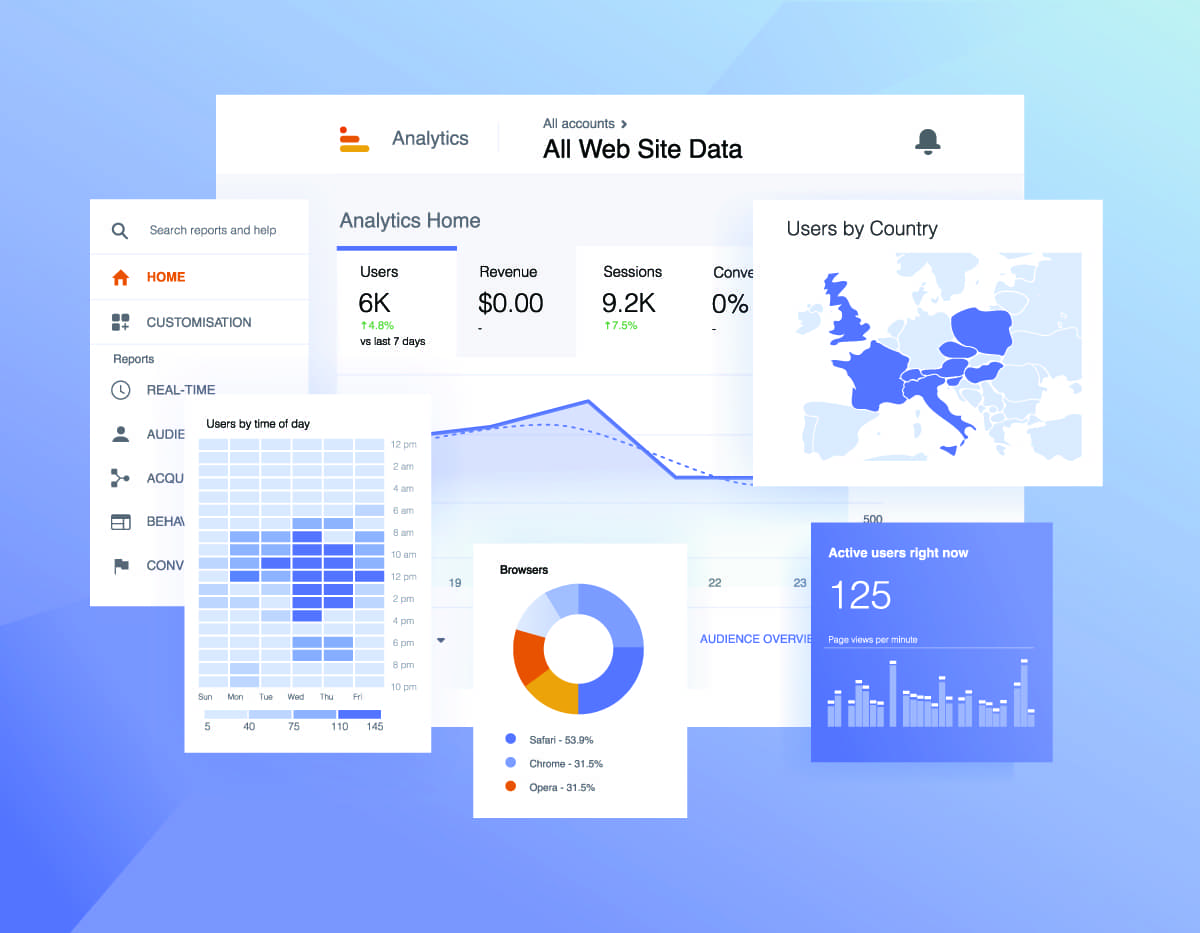
Google Analytics checklist: is your website data accurate?
One of the most important aspects of running a successful website is understanding the data behind it. Without accurate data, you may be making decisions that are not based on the most up-to-date information. That is why it is essential to have a comprehensive Google Analytics checklist to ensure that your website data is accurate.
Google Analytics is a powerful tool that allows website owners to track, analyze, and report website traffic and user behavior. It provides a wealth of information that can be used to improve the user experience, optimize marketing campaigns, and identify trends. However, suppose the data is not accurate. In that case, it can lead to misinformed decisions that can cost a business time and money.
In this post, we will discuss the importance of an accurate Google Analytics setup and provide a comprehensive checklist to help you ensure that your website data is accurate.
Why is an Accurate Google Analytics Setup Important?
An accurate Google Analytics setup is essential for any website because it ensures that the data you collect is accurate and up-to-date. This data can be used to make important decisions about the future of your website, including changes to the design, content, and marketing campaigns. Conversely, without accurate data, you may be making decisions that are not based on the most up-to-date information.
Additionally, an accurate Google Analytics setup can help you maximize the value of your website. For example, it can provide insights into user behavior, such as what pages they spend the most time on, what products they view, and how they interact with your website. This information can be used to optimize the user experience and make better decisions about the content and design of your website.

Google Analytics Screenshot
Google Analytics Checklist
Now that you understand the importance of an accurate Google Analytics setup, let’s look at the checklist. Here are the essential steps you need to take to ensure that your website data is accurate:
As you can see, an accurate Google Analytics setup is essential for any website. Without accurate data, you may be making decisions that are not based on the most up-to-date information. This is why it is vital to have a comprehensive Google Analytics checklist to ensure that your website data is accurate. By following the steps outlined in this post, you can ensure that your Google Analytics setup is accurate and up-to-date.
Table of contents
Related articles

Google Analytics checklist: is your website data accurate?
One of the most important aspects of running a successful website is understanding the data behind it. Without accurate data, you may be making decisions that are not based on the most up-to-date information. That is why it is essential to have a comprehensive Google Analytics checklist to ensure that your website data is accurate.
Google Analytics is a powerful tool that allows website owners to track, analyze, and report website traffic and user behavior. It provides a wealth of information that can be used to improve the user experience, optimize marketing campaigns, and identify trends. However, suppose the data is not accurate. In that case, it can lead to misinformed decisions that can cost a business time and money.
In this post, we will discuss the importance of an accurate Google Analytics setup and provide a comprehensive checklist to help you ensure that your website data is accurate.
Why is an Accurate Google Analytics Setup Important?
An accurate Google Analytics setup is essential for any website because it ensures that the data you collect is accurate and up-to-date. This data can be used to make important decisions about the future of your website, including changes to the design, content, and marketing campaigns. Conversely, without accurate data, you may be making decisions that are not based on the most up-to-date information.
Additionally, an accurate Google Analytics setup can help you maximize the value of your website. For example, it can provide insights into user behavior, such as what pages they spend the most time on, what products they view, and how they interact with your website. This information can be used to optimize the user experience and make better decisions about the content and design of your website.

Google Analytics Screenshot
Google Analytics Checklist
Now that you understand the importance of an accurate Google Analytics setup, let’s look at the checklist. Here are the essential steps you need to take to ensure that your website data is accurate:
As you can see, an accurate Google Analytics setup is essential for any website. Without accurate data, you may be making decisions that are not based on the most up-to-date information. This is why it is vital to have a comprehensive Google Analytics checklist to ensure that your website data is accurate. By following the steps outlined in this post, you can ensure that your Google Analytics setup is accurate and up-to-date.




